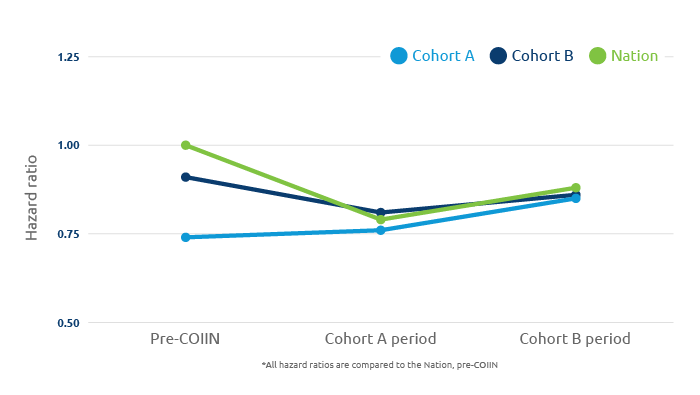
New research examines overall one-year graft survival for transplant hospitals who participated in the OPTN collaborative project.
in focus
One year graft survival by COIIN era: Results suggest that in the context of collaborative improvement efforts, moderate-to-high KDPI kidneys can be transplanted without increasing the risk of adverse graft survival outcomes.
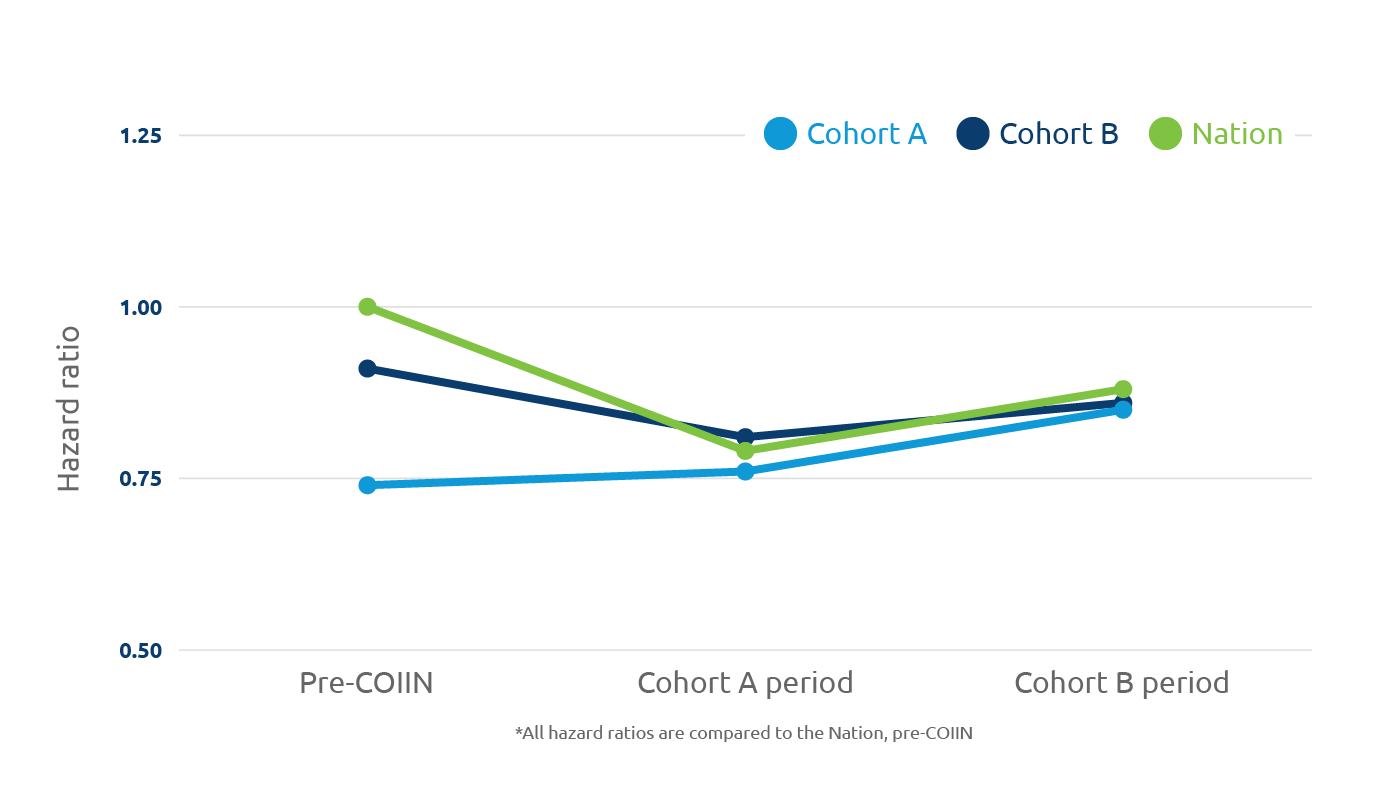
While participating in the three-year Collaborative Innovation and Improvement Network (COIIN) project, select transplant programs performed an increased number and proportion of higher kidney donor profile index, or KDPI, transplants than programs that did not participate in the project. Participating programs also maintained a similar risk of one-year graft survival compared with the non-participating programs, according to United Network for Organ Sharing-led research that was presented at the 2020 American Transplant Congress.
“There is so much potential to increase utilization of moderate-to-high KDPI kidneys, and the COIIN results are exciting because they suggest that more of these kidneys can be used in appropriately selected recipients without increased risk of graft failure,” said research analyst Julia Foutz, who was among more than two dozen UNOS researchers presenting data-driven studies at this year’s virtual conference.
The goal of COIIN was to find ways to increase utilization of kidneys with a kidney donor profile index, or KDPI, of greater than 50 percent. Working closely with organ procurement organizations, two transplant hospital cohorts from across the country took part in the project, which was directed by the Health Resources and Services Administration for the Organ Procurement and Transplantation Network.
- Cohort A involved 19 transplant programs, which participated from Jan. 1, 2017 through Sept. 30, 2017.
- When compared to the same time period one year prior, 15 of the Cohort A hospitals transplanted more kidneys with a KDPI of 51-100 percent during COIIN.
- Of the 15 Cohort A programs, 13 sustained the gains one year after completing COIIN.
- Cohort B involved 39 transplant programs, which participated Oct. 1, 2017 through June 30, 2018.
- When compared to the same time period one year prior, 22 of the Cohort B hospitals transplanted more kidneys with a KDPI of 51-100 percent during COIIN.
To conduct the research, Foutz fit a Cox Proportional-Hazards model to the OPTN data generated from the project. A hazard ratio is a comparison between the probability of events in a select group—in this case, Cohorts A and B —to the probability of events in a control group—in this case, the nation. Hazard ratios less than one indicated decreased risk of graft failure. Foutz found that:
- A one-year observed graft survival remained similar for Cohort A, Cohort B and the nation across all time periods.
- Pre-COIIN, when compared to the nation, the overall one-year graft survival hazard ratio was lower for Cohorts A and B.
- The hazard ratio remained similar for Cohort A during the Cohort A intervention period, and increased during the Cohort B intervention period.
- The hazard ratio for Cohort B decreased during the Cohort A intervention period, and increased slightly during the Cohort B period.
These results suggest that in the context of collaborative improvement efforts, moderate-to-high KDPI kidneys can be transplanted without increasing the risk of adverse graft survival outcomes.
“By working with the community, we are continuously improving the system for everyone in order to reduce the organ shortage and save more lives,” she said.
Foutz J, Carrico RJ, Sisaithong K, Tosoc-Haskell H, Klassen D. One Year of COIIN Outcomes: Did Cohorts A and B Maintain Graft Survival? [abstract]. Am J Transplant. 2020; 20 (suppl 3).

Julia Foutz, UNOS research analyst
Read more
In focus
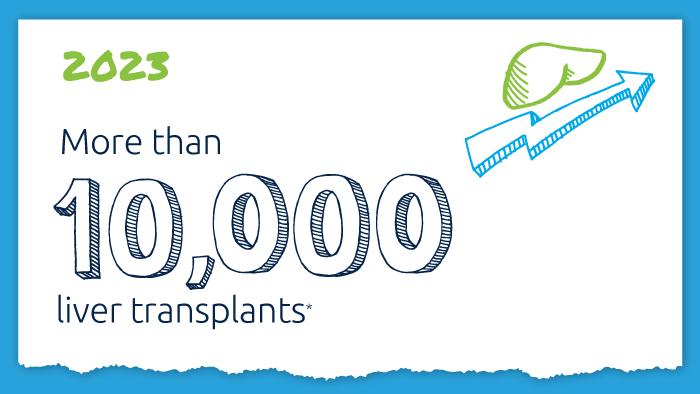
A decade of record increases in liver transplant
10,660 liver transplants, the most ever in a year.
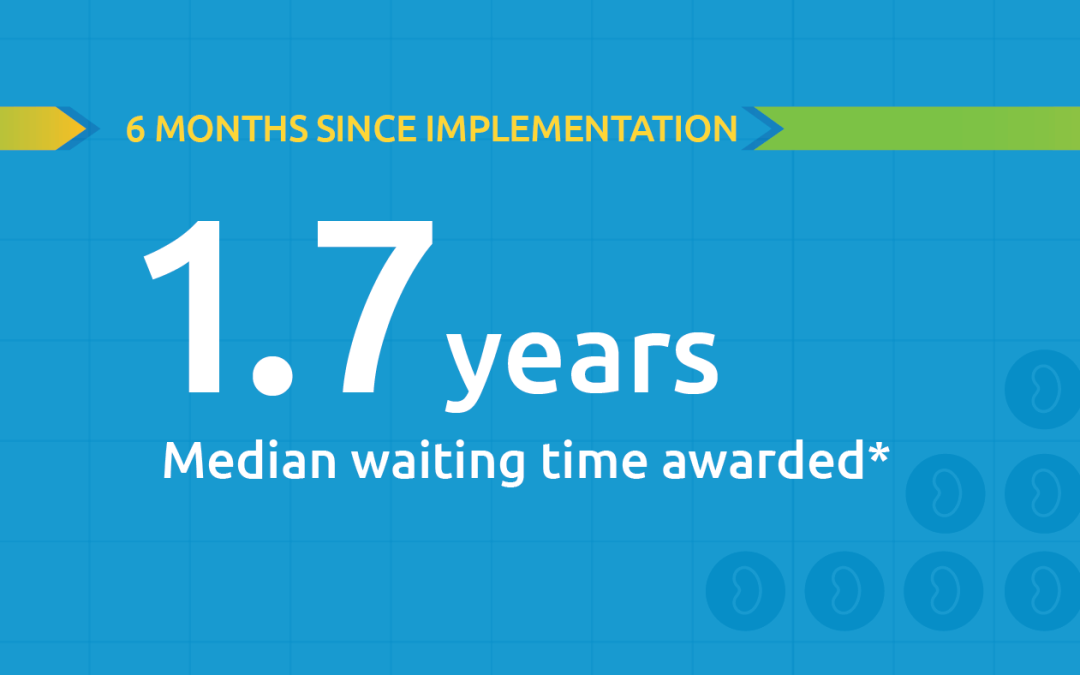
Black kidney candidates are receiving waiting time modifications, helping them get the organs they need
Latest kidney monitoring report shows two new kidney polices are working as intended

Research in focus: examining organ offers
Three recent studies from UNOS researchers examine offer acceptance practices and impact of Offer Filters tool.
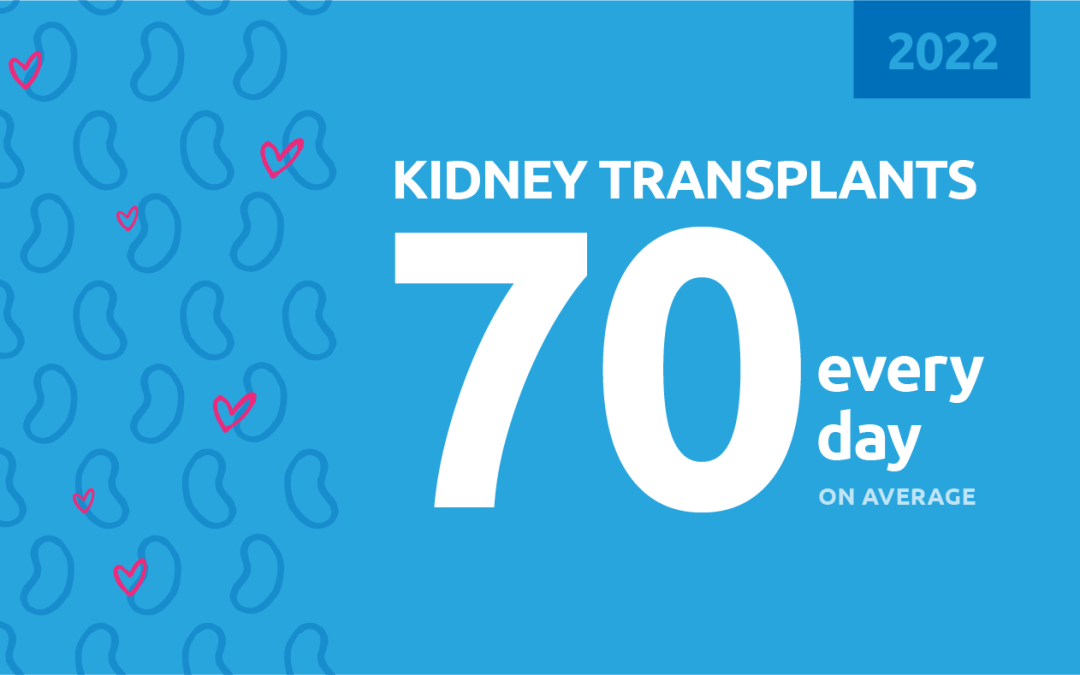
New milestone reached in kidney donation and transplant
For the first time, more than 25,000 kidney transplants were performed in a single year

